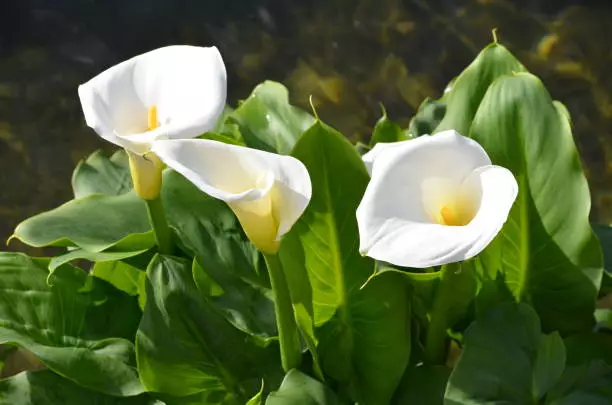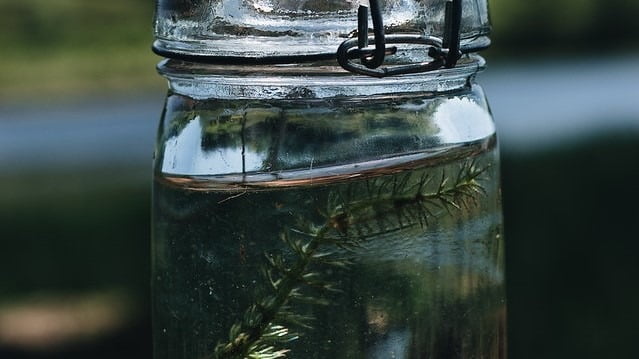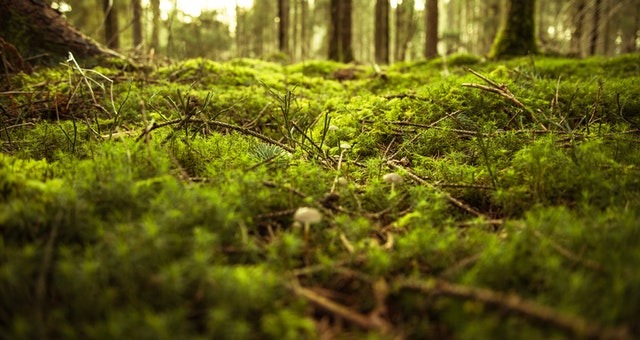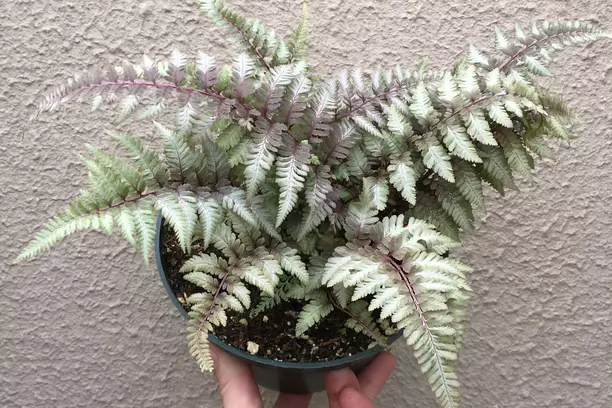What’s more frustrating than getting a flowering plant that doesn’t bloom as expected, and not knowing what to do about it? Calla lilies have beautiful flowers that boost the look of any home, which is the main reason for owning them. Their typical bloom time is during the summer and fall, and it gets infuriating for most calla owners to experience no buds opening up in these times.
If they’re not blooming, there’s no need to break the pots and dump the poor plant. This problem can easily be fixed. Please keep reading to find out how to make them bloom and take care of them.
Do Calla lilies bloom more than once?

Have you experienced a single bloom from the calla lilies? Guess what? They don’t stop there. There are more blooms for you to keep enjoying it. When Calla Lilies are grown in the spring, they will produce blossoms during midsummer and early fall for about 3-8 weeks. Their flowering period is influenced by temperature, amount of light, and diversity. Calla lilies are not annuals, but perennials. This means that you shouldn’t think they hit ‘menopause’ after a few blooms just yet. With the right care, you can be sure to keep the elegant, trumpet-shaped flowers for a long time.
The winter period discourages most owners as the callas cannot endure that climate. This may make you feel no need to have them around again since they die. However, with the correct care during winter, you can still keep them alive. In climates where Calla Lilies are perennial, they naturally bloom in late spring to early summer. Lucky are those who live in warm regions throughout, for they will experience constant once per year beautiful blossoms.
How to care for calla lilies after blooming
Generally, you need to offer them a dormant period. After the calla lily has stopped flowering, stop watering it and let the soil go dry. The foliage will wilt, and the plant will seem dead. Store it in a cool dark place for about two months. Afterward, reinstate it into the light and carry on watering it. The leaves will regrow, and your calla lily will rebloom.
It would help if you also preserved them during winter and then re-plant them during the summer and fall. The Callas are not frost resistant. You can take them indoors till winter passes on and then return them outside during summer. Better still, dig up the rhizomes of the plant. After the frost has destroyed the foliage, dig them up and brush off the remaining dirt. Please do not wash the rhizomes as this may cause them to rot later.
Next, leave the bulbs dry in a warm, dry place to dry for approximately four to seven days. This is essential to calla lily after bloom care in winter since it allows the rhizome’s external skin to strengthen and help it survive the winter. This process is called curing. Once the rhizomes have dried, please put them in a paper bag or enclose them in the newspaper and place them in 10 C (50 F) temperature conditions.
How to make calla lilies bloom
Naturally, calla lilies tend to bloom without any problems. If they don’t, below are some of the reasons and how you can fix them.
Extreme nitrogen levels: Too much nitrogen will only make the foliage multiply. You may as well notice a discoloring of brown patches on the leaves. Excess nitrogen will boost the foliage to grow but will inhibit the plant from blooming.
Solution: Change your fertilizer to higher phosphorus than nitrogen to make calla lilies flower.
Inadequacy of water: If your calla lilies do not have enough water, they will fail to bloom. Generally, water is very crucial to all plants for them to function as they are intended. Underwatering or growing in areas with no adequate water will stunt the growth of calla lily. You will start to notice yellowing and wilting.
Solution: Water your calla lily consistently or transfer it to areas with enough water to enjoy the blooms.
Insufficient sun: Just like water, sunlight is very crucial to all plants for photosynthesis. A nutritious and well-sun-fed calla will be sure to produce healthy-looking and magnificent blooms. Calla lilies tend to enjoy direct sunlight or a lot of indirect sunlight. If deprived, their growth will be stunted, and they won’t bloom.
Solution: Move them to areas where they’ll get enough light. You can also measure using a PASR meter or a foot-candle meter if you’re not sure which parts receive a lot of sunlight, especially when growing them indoors.
Poor soil: the kind of soil is a major determining factor in plants’ growth. Most soils are poor because of their water retention and draining abilities. Also, some soils don’t have enough nutrients. Calla lilies prefer organic and well-drained soils.
Solution: You can always add compost to improve your soils. Also, test for pH values in the soil to identify which nutrients they may be lacking. Always maintain a 6 to 6.5 pH level.
All of these remedies take about four weeks to bear fruits. So if you don’t see results after a few days, be patient.
When should you deadhead calla lilies?
Unlike many plants, calla lilies don’t drop their petals once the flowers wilt. After the calla flower dies, it turns green and rolls up into a tube. Once something is dead in most cases, it has no further purpose; therefore, the wilted flowers need to be deadheaded/pruned.
Deadheading improves the look of a plant. It will not be attractive to have dead hanging flowers on a live plant. Secondly, clipping off the wilted flowers will help the plant focus more on producing more energy for the upcoming bloom season. Deadheading should be done after every bloom.
Tip: Nip the branch near the bottom. Do not leave any exposed stem protruding through the leaves but leave behind a small piece of the stem near the base of the plants.
What do you do with calla lilies after they bloom?
It would be best if you did not treat your calla lilies as waste after they bloom. Many people would think, why have them any longer, and they are done blooming? They are not ‘done, done blooming but are done only for that period. With that knowledge, you should find ways of keeping them safe for many upcoming blooming seasons. Below are tips for what to do with your calla lilies after they are done blooming.
- Minimize watering after your Calla Lilies have completed blooming for the season, and the leaves start to turn yellow and then brown.
- After the foliage dies back totally, cut it down to the ground.
- Dig out your rhizomes; rub them off lingering dirt and soil.
- Put bulbs in paper bags or wrap them in a newspaper. Make sure they are well ventilated in a cool, dry area that retains at least 50 degrees Fahrenheit.
When spring starts, re-plant after there is ultimately no frost in your area, and ground temperatures have warmed.



